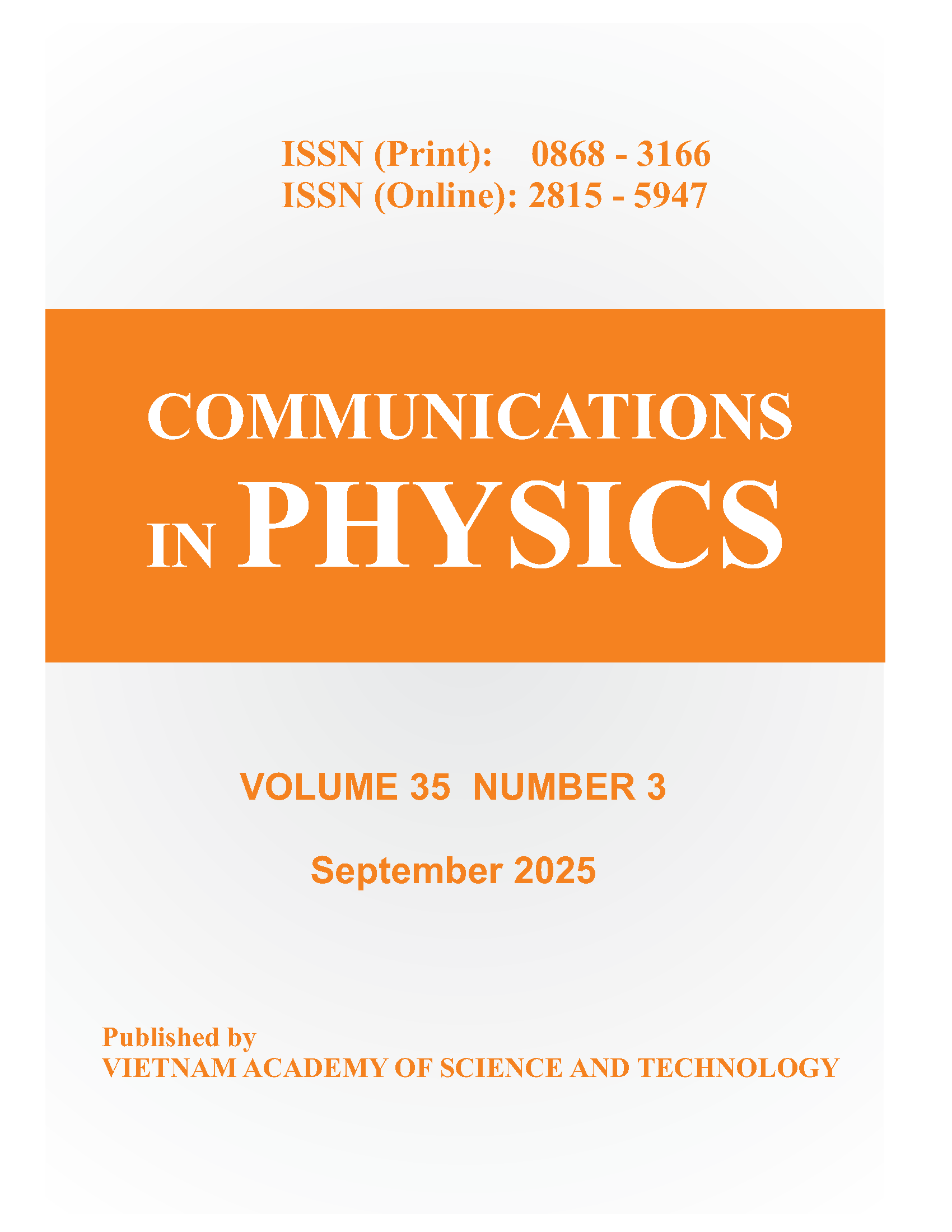Computational Design of Mn4 Molecules with Strong Intramolecular Exchange Coupling
Author affiliations
DOI:
https://doi.org/10.15625/0868-3166/21/2/108Abstract
The geometric and electronic structures of [Mn44+Mn3+3(µ3-L2 -)3(µ3-X -(OAc) - 3(dbm) -3] (L = O, X = F, dbmH = dibenzoyl-methane) molecule has been studied by first-principles calculations. It was shown in our previous paper that the ferrimagnetic structure of Mn$^{4 + }$Mn$^{3 + }_{3}$ molecules is determined by the $\pi $ type hybridization between the $d_{z^2}$ orbitals at the three high-spin Mn$^{3 + }$ ions and the $t_{2g}$ orbitals at the Mn$^{4 + }$ ion by the $p$ orbitals at the $\mu _{3}$-L$^{2 - }$ ions. To design new Mn$^{4 + }$Mn$^{3 + }_{3}$ molecules having much more stable ferrimagnetic state, one approach is suggested. That is controlling the Mn$^{4 + }$-($\mu _{3}$-L$^{2 - })$-Mn$^{3 + }$ exchange pathways by rational variation in $\mu _{3}$-L ligands to strengthen the hybridization between Mn ions. By this ligand variation, $J_{AB}$ can be enhanced by a factor of 3. Our results should facilitate the rational synthesis of new single-molecule magnets.Downloads
Downloads
Published
How to Cite
Issue
Section
License
Communications in Physics is licensed under a Creative Commons Attribution-ShareAlike 4.0 International License.
Copyright on any research article published in Communications in Physics is retained by the respective author(s), without restrictions. Authors grant VAST Journals System (VJS) a license to publish the article and identify itself as the original publisher. Upon author(s) by giving permission to Communications in Physics either via Communications in Physics portal or other channel to publish their research work in Communications in Physics agrees to all the terms and conditions of https://creativecommons.org/licenses/by-sa/4.0/ License and terms & condition set by VJS.











